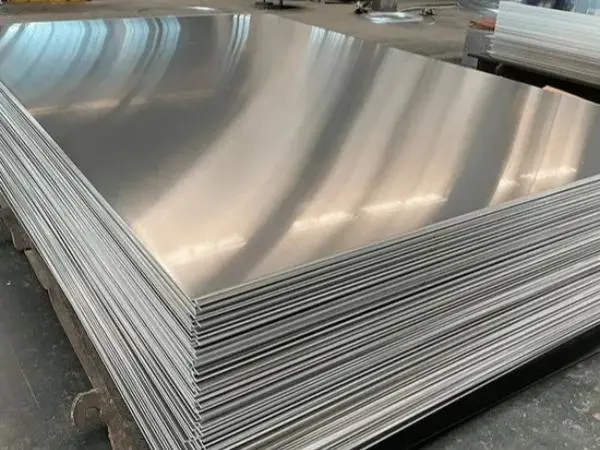- Phone0086 731 8564 8255
- E-mailsales@cscsteel-manufacturing.com
-

Ensuring the longevity and quality of carbon steel plates requires strategic storage practices. Exposure to moisture, chemicals, and improper stacking can accelerate corrosion and physical damage. By maintaining a controlled environment, applying protective coatings, organizing storage effectively, and implementing routine maintenance, you can significantly extend the service life of these materials. Here’s a comprehensive guide on how to store carbon steel plates properly.
Continental Steel Co., Ltd is professional carbon steel plates manufacturer, for more details, please contact:sales@cscsteel-manufacturing.com
Environmental Management: Keeping Corrosion at Bay
1. Controlling Humidity and Airflow
The most effective way to prevent rust is by maintaining a dry and well-ventilated storage space. Keeping relative humidity below 60% minimizes oxidation, and avoiding abrupt temperature fluctuations helps prevent structural stress. If possible, a climate-controlled warehouse with dehumidifiers can provide an optimal storage environment.
2. Avoiding Chemical Exposure
Never store carbon steel plates near corrosive chemicals such as acids, alkalis, or salts. Even minimal vapor exposure from these substances can lead to significant material degradation. Additionally, keep plates away from direct contact with concrete floors, which can absorb and retain moisture. Using wooden beams, plastic pallets, or rubber mats to elevate the plates at least 10 cm off the ground helps reduce moisture-related risks.
Surface Protection: Creating a Defensive Shield
1. Routine Cleaning and Debris Removal
Before applying any protective measures, it’s crucial to remove contaminants like dust, oil, and grease. Use a mild solvent or neutral detergent with a soft cloth to clean the surface. For stubborn grime, a specialized degreaser can be used. Compressed air can also be effective in dislodging debris from hard-to-reach areas. After cleaning, ensure complete drying before proceeding to the next step.
2. Advanced Rust Prevention Techniques
A proactive approach to corrosion resistance involves applying protective coatings. For short-term storage, a light application of anti-rust oil suffices. However, for long-term protection, consider options such as industrial-grade rust inhibitors, anti-corrosion primers, or galvanization. Galvanized or zinc-coated plates exhibit enhanced durability and withstand harsh environmental conditions more effectively.
Organized Stacking: Preventing Structural Deformation
1. Categorization and Structural Integrity
Improper stacking can lead to bending, warping, or even accidents during handling. Categorizing plates by size, thickness, and intended application prevents unnecessary movement and potential damage. Use storage racks or dedicated stacking systems to maintain structural stability and facilitate easier inventory management.
2. Smart Labeling and Tracking
Every batch of carbon steel plates should be clearly labeled with information such as grade, dimensions, and acquisition date. This enables efficient retrieval, reduces material waste, and ensures compliance with inventory turnover principles. Implementing a barcode or digital tracking system can further streamline inventory control and enhance operational efficiency.
Proactive Maintenance: Preserving Material Integrity
1. Regular Visual Assessments
Schedule weekly inspections to check for early signs of corrosion or physical defects. Pay special attention to corners, edges, and welded joints, as these areas are most vulnerable. Identifying rust spots or discoloration at an early stage allows for timely corrective action.
2. Periodic Structural Testing
For carbon steel plates used in high-stress environments, such as construction or manufacturing, periodic load-bearing and integrity tests are essential. Non-destructive testing methods, including ultrasonic or magnetic particle testing, can help detect internal flaws before they escalate into major issues.
By implementing these storage strategies, you not only preserve the quality of carbon steel plates but also enhance their durability, ensuring they remain fit for purpose over extended periods.




